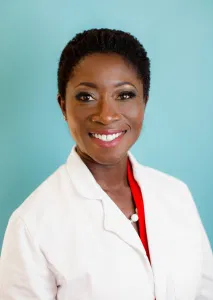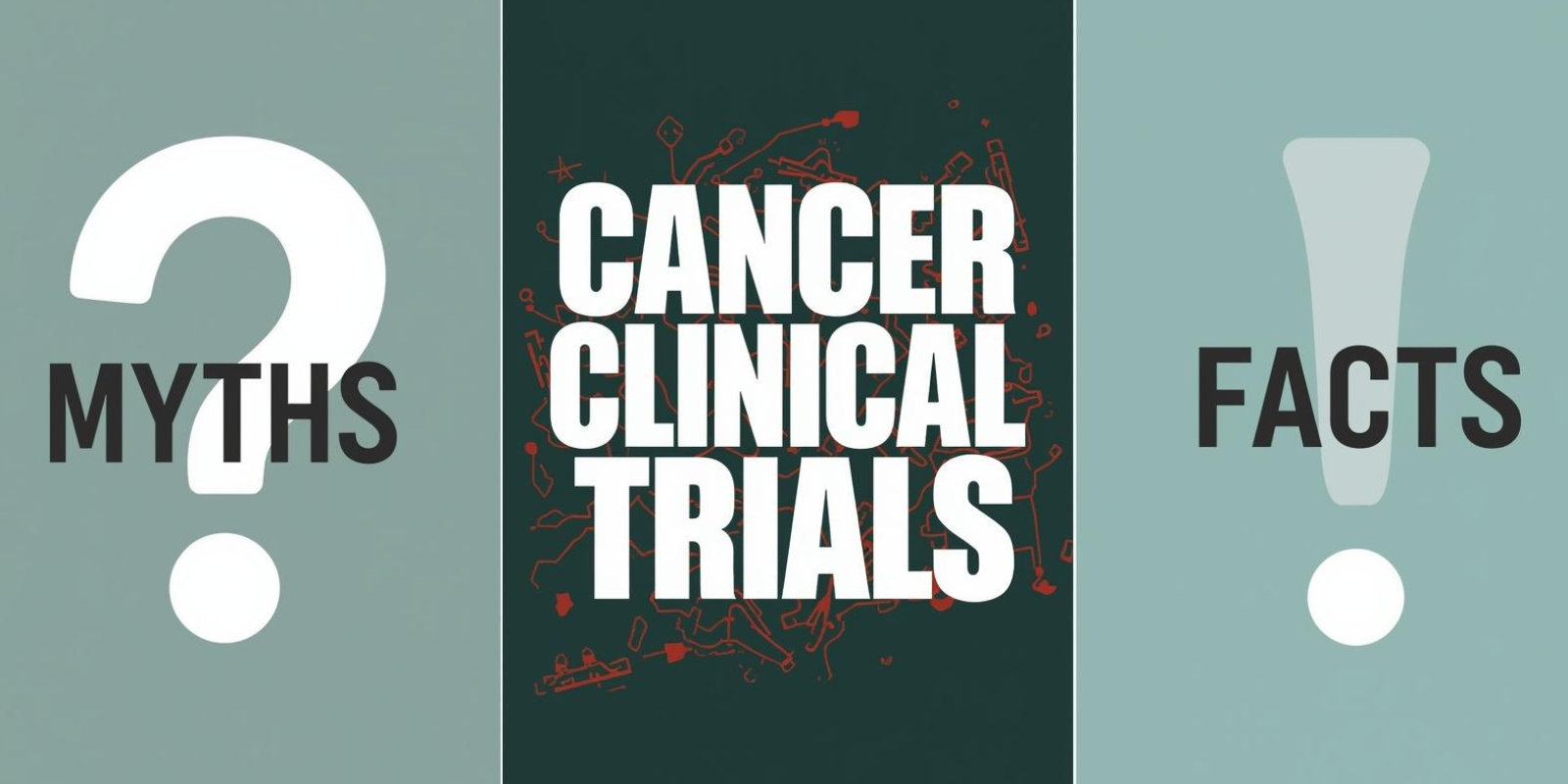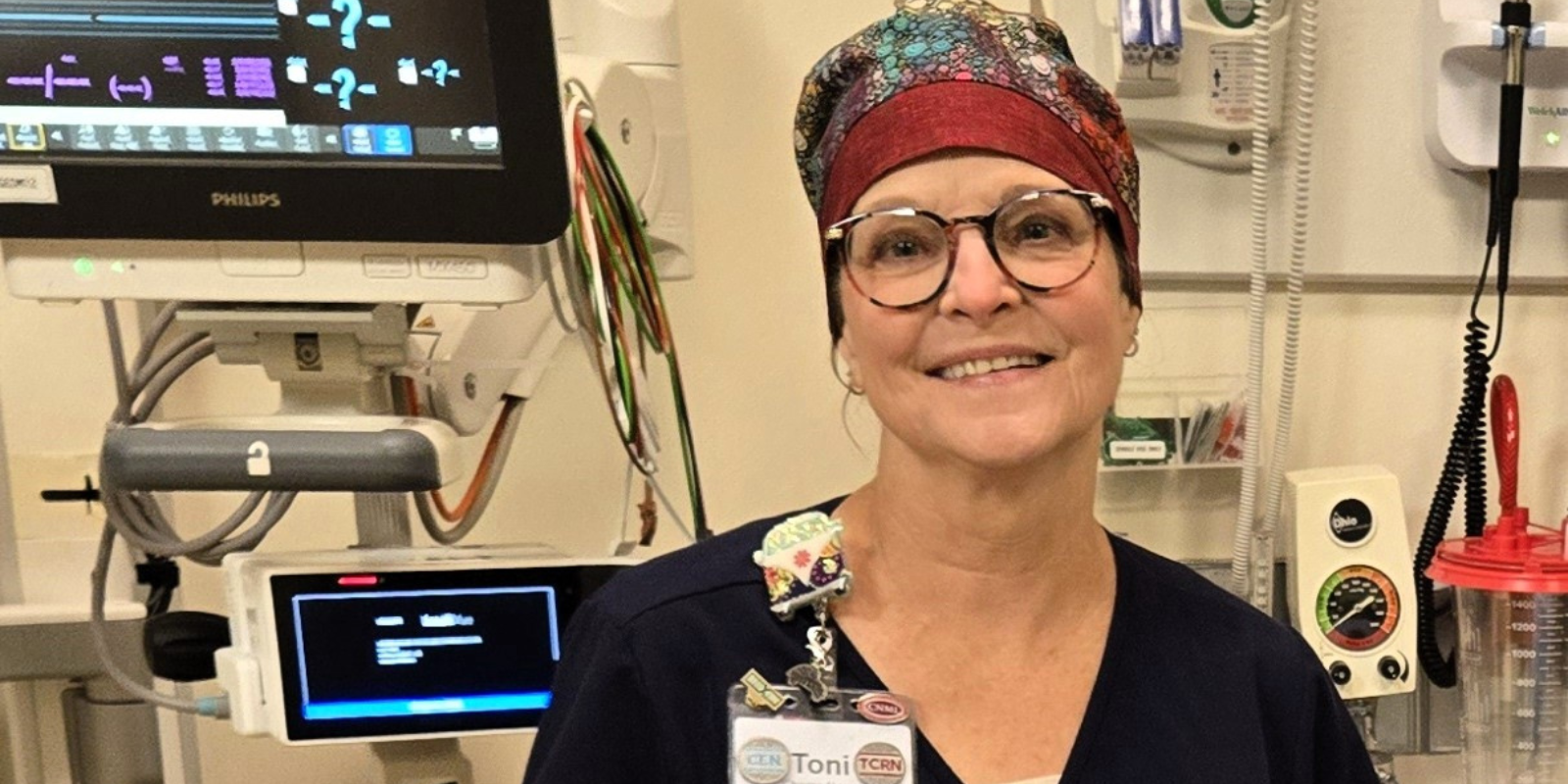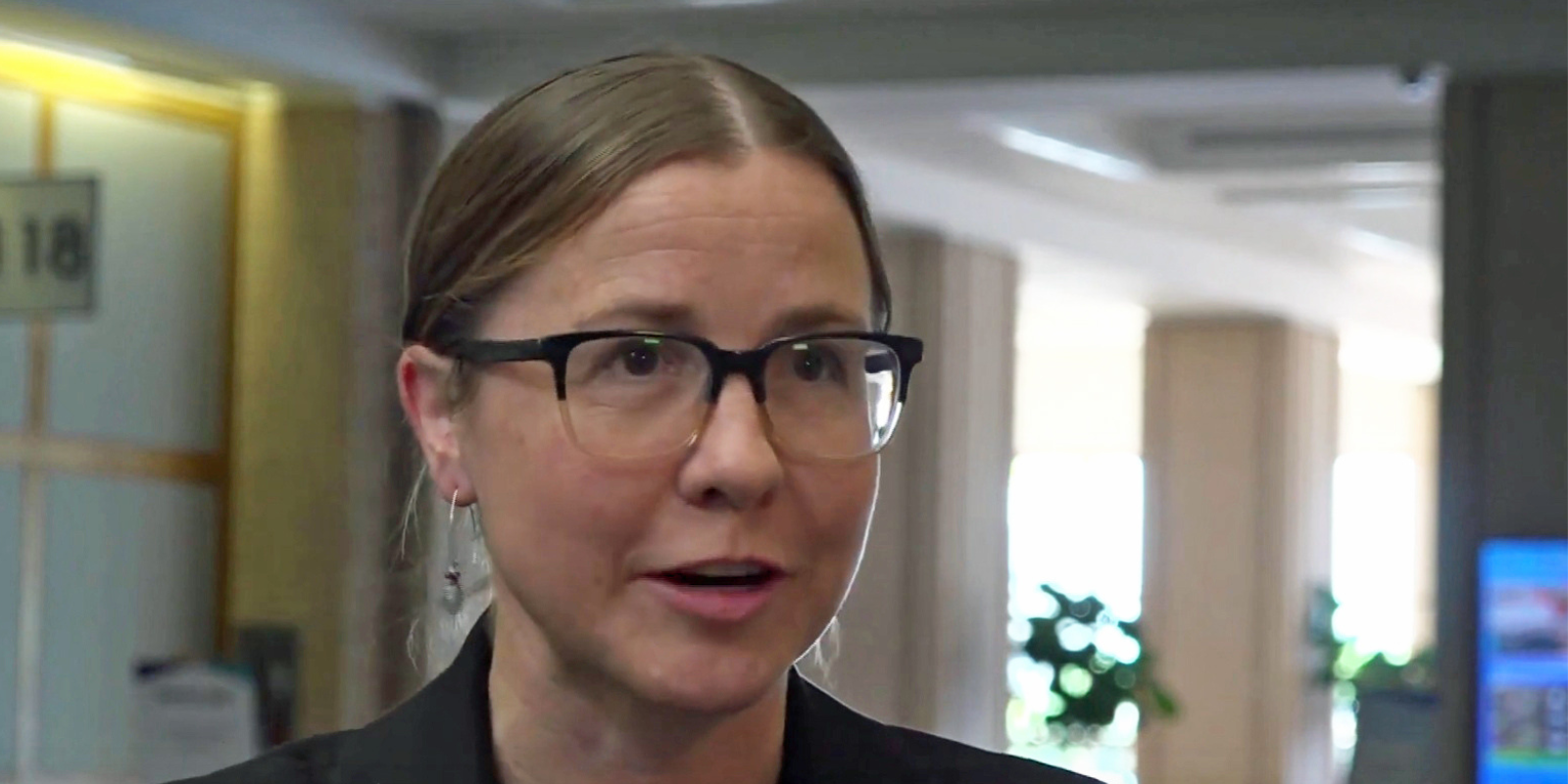As survival rates of many common cancers have improved it is no surprise that conversations around fertility preservation have also increased. These advances in treatments are letting patients think about their future beyond cancer, and if that future includes children.
However, there still are some doctors who are wary about oncofertility because of the delay in beginning treatment. On the other side, you have the patient who is commonly overwhelmed by the medications and the surgery and the testing and the last thing on their mind is thinking about being a parent.
Leslie Appiah, MD
“Our goal is to give our patients the knowledge to make an informed choice,” says Dr. Leslie Appiah, associate professor and director of the Fertility Preservation and Reproductive Late Effects program at the University of Colorado (CU) School of Medicine Department of OB-GYN. She collaborates with physicians at the CU Cancer Center and Center for Cancer and Blood Disorders at Children’s Hospital Colorado to increase fertility awareness in patients before starting treatment.
Oncofertility, also known as fertility preservation for cancer patients, is when eggs, sperm, embryos, one ovary, or a portion of a testis is frozen or protected so that a person can use them to have children in the future.
National guidelines from the American Society for Reproductive Medicine (ASRM), the American Society of Clinical Oncology (ASCO), and the National Comprehensive Cancer Network (NCCN) recommend all patients of reproductive age being treated with cancer therapies be offered initial consultation regarding fertility preservation prior to therapy.
“Reproductive age is from birth to age 39, and in some cases up to 44. It is recommended that this consultation happens for both males and females and occurs regardless of socioeconomic status, prognosis or age,” says Dr. Appiah.
According to the American Cancer Society, 96,550 people under the age of 39 will be diagnosed with cancer in 2020 and in turn should be having a conversation on oncofertility. That is 11,050 children (under the age of 15), 5,000 to 6,000 adolescents (aged 15 to 19) and 80,000 young adults aged 20 to 39.
Types of treatments needing fertility preservation
It is starting to become more common that oncofertility is discussed before chemo, radiation and surgery but as immunotherapy and targeted therapy become more popular Dr. Appiah has advice for patients on those newer treatments.
“The data is still undetermined for the long-term effects of these immunotherapies since these treatments are in early use. For now, we do think that patients should proceed with fertility preservation because of the unknown.”
It is also important to mention that a tumor can directly damage an organ or its surrounding tissue which could impact fertility even if no treatment option is used.
Gender differences for oncofertility
Fertility preservation in men has been commonplace for decades because sperm donation is relatively simple and inexpensive. This is less simple for young adolescents who may not be developmentally ready to produce a semen sample. Public awareness of fertility preservation in men grew in the late 1990s and early 2000s when Lance Armstrong, who was treated for testicular cancer, conceived three children with his wife using sperm he had banked before treatment.
For women, fertility preservation is more invasive, more expensive and time consuming. However, options are improving and speeding up the process for egg or embryo freezing, removing one ovary or taking a strip of ovarian tissue to preserve. But is still means delaying treatment by a few days, or in some cases, two weeks.
Prepubescent patients
When it comes to a child’s option for fertility preservation it is important to look at the treatments they are receiving for their cancer diagnosis. Most of these fertility preservation treatments are still being researched and should only be used for patients with the highest risk of infertility.
“Females are born with all the follicles they are going to have in their lifetime, with the greatest number of follicles present prior to puberty. So really young female patients who do not receive the highest risk therapies are likely to recover some function over time because they have so many follicles to begin with,” says Dr. Appiah.
These follicles contain the eggs that mature after puberty.
However, for those young patients and families who are looking at fertility preservation there is good news.
“The fertility benefit of young age at time of diagnosis is that researchers have time to perfect some of these fertility preservation technologies. For example, in December 2019, ovarian tissue cryopreservation became a clinical care option for fertility preservation in children and young women. When it comes time to use the ovarian tissue that was attained before treatment, there will likely be more ways to use the tissue that are safe and provide benefit.”
“While there are only a few births from transplanting ovarian tissue obtained from a pre-pubertal girl, the science and early successes give hope to the families of these young girls.”
These fertility options are not only growing for females.
“For boys, we can take testicular tissue and freeze that tissue. This is still investigational in pre-pubertal boys as there has been only one primary birth and no live human births. However, over the next several years we anticipate that this will become non-investigational for our male patients,” says Dr. Appiah.
Helping with the cost
Even if a patient is interested in preserving their fertility there is still the issue of cost that could be an influencing factor in the decision. Luckily soon that will be less of a concern for those insured in Colorado.
“We are excited because in Colorado Governor Polis just passed a law to mandate that insurance providers cover fertility preservation therapies for patients with cancer, and infertility services for non-cancer related infertility as well,” joyfully says Dr. Appiah.
That bill is the “Colorado Building Families Act” and was signed on April 1, 2020. It requires health benefit plans issued or renewed in Colorado on or after January 1, 2022, to cover the diagnosis of infertility, treatment for infertility and fertility preservation services.
The signing of this bill made Colorado the 18th state in the United States with fertility coverage and the 10th state with fertility preservation for cancer patients.
“This bill should alleviate a lot of the financial burden for many patients. Until it goes into effect, we rely on the generosity of local and national philanthropic organizations to help patients alleviate the cost.”
Oncofertility care on the Anschutz Medical Campus
In May 2020, the University of Colorado Anschutz campus launched The Fertility Preservation and Reproductive Late Effects (FPRLE) program. The program encompasses fertility preservation care for newly diagnosed and relapsed patients and reproductive health care at diagnosis and in survivorship for both male and female patients. The FPRLE program is designed to serve the over 2,500 persons, ages 1-44 years, who receive a cancer diagnosis annually in Colorado and its surrounding regions.
“It is important that oncologists and patients understand that this counseling should happen before cancer treatment,” says Dr. Appiah. “We need to make sure every cancer patient is given the opportunity to reap the benefits of these technologies.”
While some patients may still miss the opportunity to preserve their fertility before treatment that does not mean that a natural pregnancy is not an option.
“Once treatment has ended, there is still an opportunity to assess whether there is a potential of retained fertility. Patients should be very diligent about speaking to their primary doctor to learn about their options,” says Dr. Appiah.
Dr. Appiah’s goal is that patients are empowered to discuss fertility options with their doctor no matter where he or she is in their journey. As time progresses, the target is that more and more of these conversations are happening before treatment, giving patients the best option for fertility down the road.




